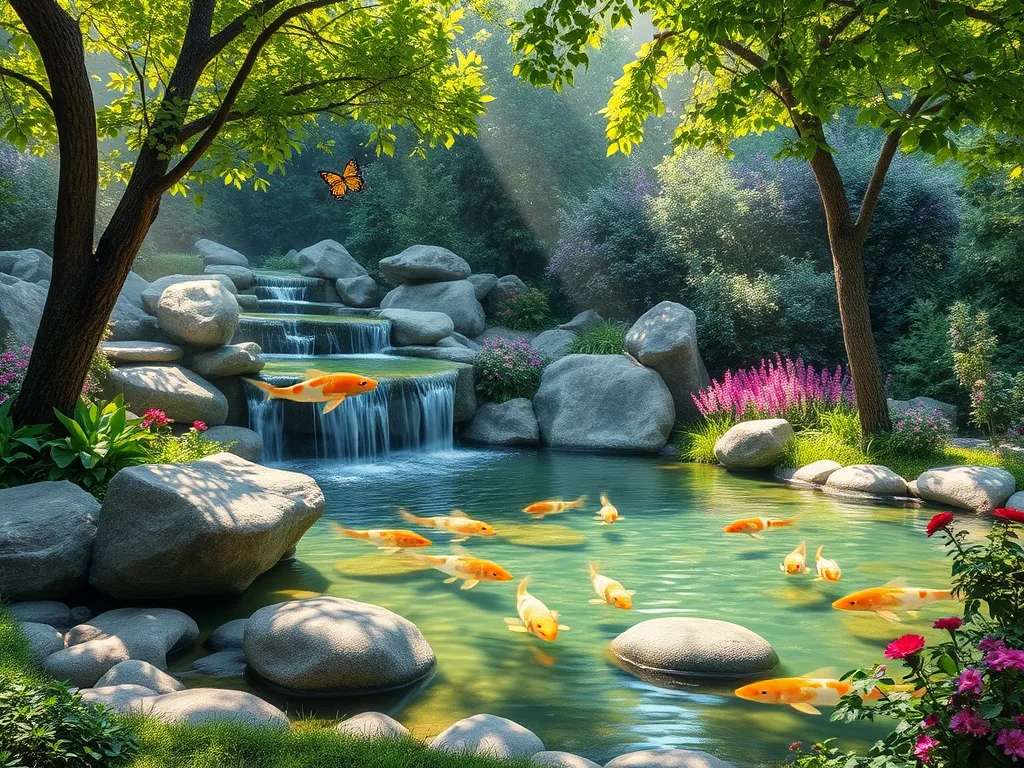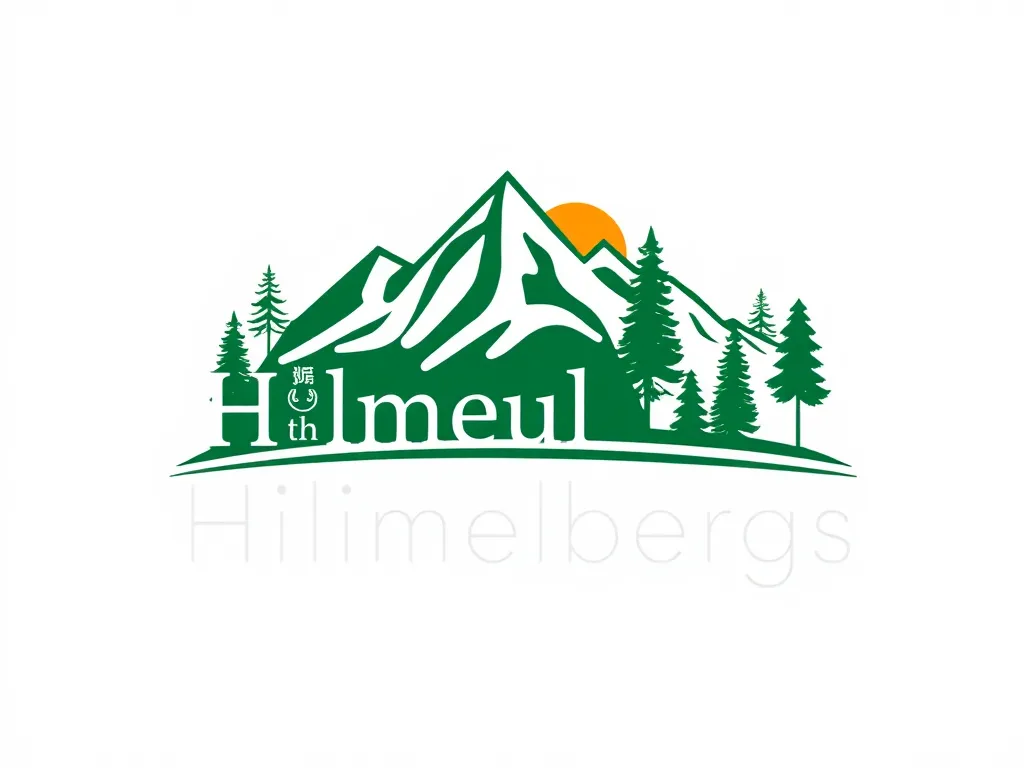Enhance Your Garden with Beautiful Water Features

The Beauty and Serenity of Water Features for Outdoor Spaces
Water features for outdoor spaces are more than just decorative elements; they are sources of tranquility and beauty that enhance the overall ambiance of gardens, patios, and yards. From calming fountains to serene ponds and soothing waterfalls, these features bring a sense of peace and elegance to any outdoor setting.
Incorporating water features into outdoor designs creates a dynamic focal point that attracts attention and invites relaxation. Whether you're creating a cozy nook for meditation or a grand space for entertaining guests, water features can play a pivotal role in defining your outdoor living experience. They not only serve aesthetic purposes but also create a natural habitat for various forms of wildlife, transforming your garden into a vibrant ecosystem.
Selecting the right type of water feature depends on various factors such as the available space, desired aesthetic, and maintenance requirements. Fountains can create an instant visual impact and produce soothing sounds, while ponds provide opportunities for biodiversity. Waterfalls add drama and can help mask unwanted noise from nearby streets, while birdbaths attract beautiful feathered friends to your garden. By carefully considering your options, you can create an outdoor space that feels both inviting and eco-friendly.
Water features for outdoor spaces also offer therapeutic benefits. The sound of flowing water has been known to reduce stress and promote relaxation, making them ideal for gardens designed for leisure and retreat. In addition, water features can influence microclimates within gardens, providing cooling effects during the warm months while creating a unique gardening environment for various plant species. Incorporating these elements into your landscape design can yield a multitude of physical and mental health benefits.
As the popularity of outdoor water features continues to rise, so too does the need for eco-conscious designs. Today’s homeowners are increasingly looking for sustainable options that enhance their outdoor spaces while being mindful of environmental impact. From using native plants to create natural filtration systems to solar-powered pumps for fountains, there are countless ways to integrate eco-friendly practices into your water features, ensuring they complement rather than detract from the environment.
Types of Water Features
Fountains are perhaps the most versatile type of water feature, available in styles ranging from classical to contemporary. They can be freestanding, wall-mounted, or integrated into other features like gardens and patios. The benefits of fountains include not only their impressive aesthetic but also the soothing sounds of water they produce, which can drown out ambient noise and create a relaxing atmosphere.
Ponds represent a more natural ecosystem, capable of supporting a variety of plant and animal life. They can be designed for aesthetic appeal with koi fish and lily pads, or as natural swimming pools. The introduction of a pond can enhance biodiversity in your garden, become a habitat for frogs, dragonflies, and other wildlife, and provide an engaging space for observing nature.
Waterfalls are a stunning addition to any outdoor space, creating a picturesque scene and soothing soundscapes that can enhance relaxation. They can be integrated into existing ponds or created as standalone units. With the right design, waterfalls can mimic natural surroundings, providing a beautiful auditory element that complements the visuals of a garden.
Incorporating Water Features for Outdoor Spaces can elevate the tranquility and aesthetic appeal of any garden.
Birdbaths offer a simple yet effective way of attracting wildlife, particularly birds. They provide birds with a clean water source, encouraging them to visit and create a lively atmosphere. Available in a variety of materials and styles, birdbaths can also serve as artistic focal points in your landscape, enhancing both beauty and biodiversity.
Streams can be incorporated into your outdoor design to create a dynamic flow of water. They can be designed to meander through gardens, connecting various water features while also providing a sense of movement. Streams can foster a natural environment for various plant species, and their sound adds to the overall serenity of the space.
Design Ideas for Water Features
When considering modern water feature designs, it's important to think about incorporating clean lines and minimalist aesthetics. Contemporary fountains made from materials like stainless steel or glass can offer a sleek look while fitting seamlessly into modern landscaping. Choosing a design that complements the architecture of your home can create a cohesive outdoor space.
Integrating water features with landscaping creates a harmonious environment where natural elements enhance each other. Planting native flowers and shrubs around a pond can create a lush, vibrant atmosphere, while strategically placing stones and pathways leading to waterfalls can enhance the flow and invite exploration.
Lighting for water features can enhance the ambiance of your outdoor space. Whether it's installing underwater lights in ponds or adding spotlights to highlight a fountain, well-placed lighting can transform the atmosphere after sunset, creating enchanting reflections and illuminating the beauty of flowing water.
DIY water feature ideas offer a great opportunity for creativity and personalization. Simple projects like creating a small container water garden or a bubbling rock fountain can be both cost-effective and rewarding. Utilizing readily available materials and incorporating your tastes can lead to unique outcomes that fit perfectly within your outdoor spaces.
Seasonal decorations for water features can refresh the appearance of your outdoor elements throughout the year. Adding floating candles and seasonal flowers in the summer, or integrating decorative winter lights around a pond, can heighten the appeal of your water features, making them the focal point of your space in every season.
Installation and Maintenance
Essential tools for installation may vary depending on the complexity of your water feature. Basic tools like shovels, drills, and levels are often required, but additional tools may be necessary for larger projects. It’s important to gather all necessary materials beforehand to streamline the installation process.
Common maintenance tips for water features include ensuring water quality and cleanliness. Regularly checking on pumps, cleaning filters, and removing debris like leaves will keep water features functioning smoothly. Seasonal checks can help identify issues early, ensuring that your features remain healthy and attractive throughout the year.
Seasonal care for water features can involve adjusting treatments based on the climate. In winter, it may be necessary to winterize systems to prevent freezing. Conversely, in warmer months, paying attention to water levels and plant growth will ensure the sustainability and beauty of the water features.
Pumping systems are critical for the circulation of water in many features. It's essential to choose pumps that fit your design's scale, flow rate, and energy efficiency requirements. Regular maintenance of pump systems, including cleaning and checking for wear, will help to prolong the life of your water feature.
Choosing the right location for your water feature is crucial for both visual appeal and functionality. Factors to consider include sunlight exposure, accessibility for maintenance, and the surrounding landscape. Placing features where they can be appreciated from various angles can greatly enhance their impact in your garden.
Benefits of Water Features
The aesthetic appeal of water features transforms your outdoor space into a stunning retreat. The visual element of moving water, combined with surrounding flora, creates vibrant, living art that captivates anyone who visits. Fountains, ponds, and waterfalls contribute to an overall design that elevates your property's beauty and charm.
Wildlife attraction is another key benefit of water features, as they draw in various forms of fauna. Birds, butterflies, and beneficial insects are naturally drawn to water sources, creating a lively environment. This not only boosts biodiversity but also supports local ecosystems, making your garden a haven for wildlife.
Sound therapy is an often-overlooked benefit of water features. The soothing sounds of flowing or splashing water can reduce stress and promote relaxation, making them ideal additions to meditation gardens or places dedicated to leisure. The therapeutic effects of sound can enhance personal well-being and create intimate outdoor spaces for gathering.
Microclimate creation is another advantage of incorporating water features into your landscape. The presence of water can moderate temperature, providing a cooler environment in the surrounding space. This creates an inviting atmosphere in warmer months and helps to manage humidity levels, which can benefit adjacent plant life.
Lastly, water features can add value to your property. They create unique selling points for homes, making them attractive to potential buyers who appreciate the beauty and tranquility that water elements provide. Effectively designed water features can enhance property values while contributing to a vibrant outdoor experience.
Eco-Friendly Water Features
When choosing materials for water features, consider sustainable options. Using recycled materials or locally sourced stones and plants can reduce environmental impact and support eco-friendly practices. A carefully selected combination of materials can enhance the natural aesthetic while being responsible at the same time.
Rain gardens are an excellent eco-friendly option, as they are designed to absorb and manage rainfall, reducing runoff. They can be incorporated around water features to enhance natural drainage and create a sustainable landscape that benefits both plants and wildlife.
Using native plants around your water features is crucial for creating a harmonious ecosystem. Native species are better adapted to the local climate, requiring less water and maintenance, while providing food and habitat for local wildlife. Integrating these plants enriches the garden's ecology and promotes sustainability.
Solar-powered water pumps are a fantastic eco-friendly addition to any water feature. These systems harness renewable energy to create the necessary flow, minimizing reliance on electricity and reducing costs. Investing in solar technology can make your water features sustainable and cost-effective.
Natural filtration systems for ponds contribute to maintaining clean water without the need for chemicals. Utilizing plants, rocks, and other natural elements can offer an effective way to keep water healthy and clear while fostering a balanced ecosystem within your pond.
